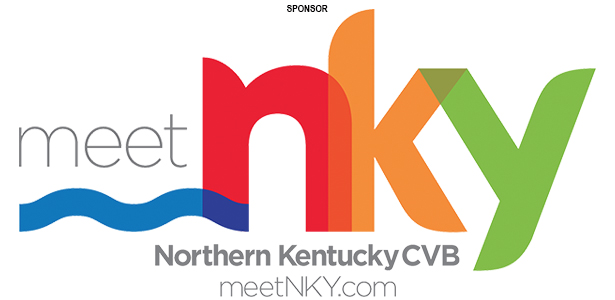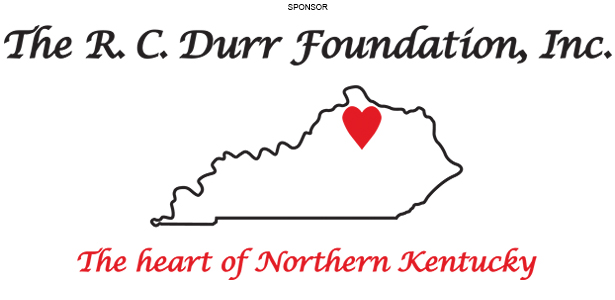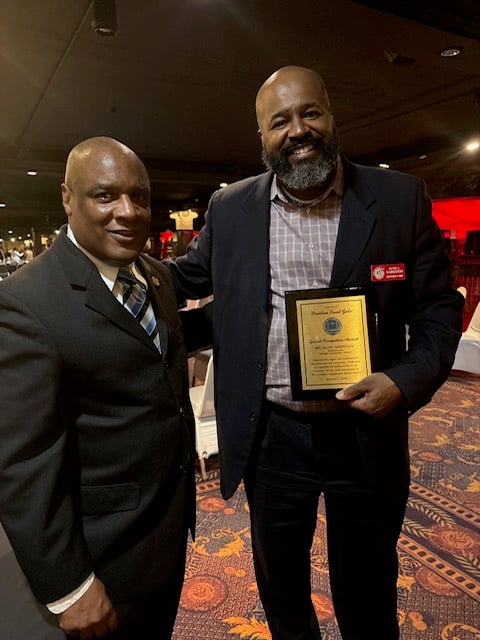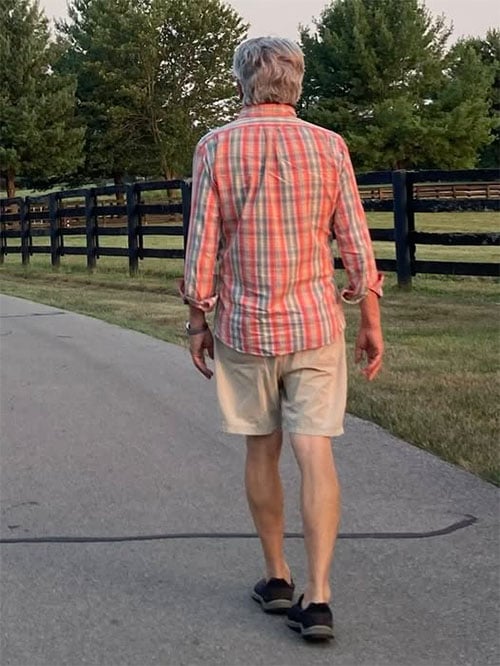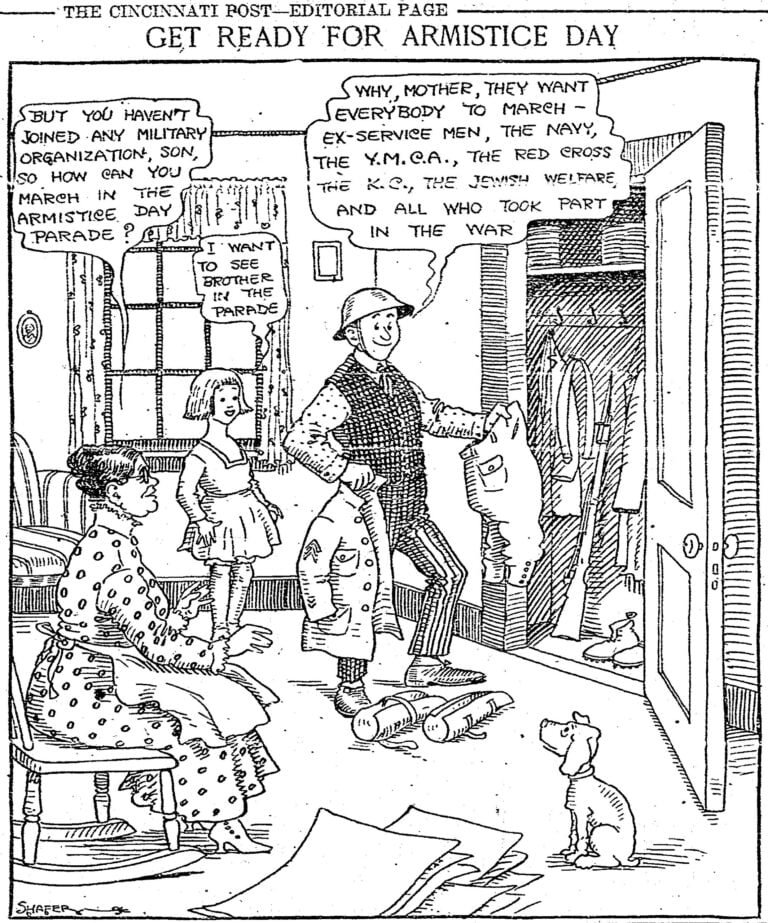We’re celebrating ten years of Our Rich History. You can browse and read any of the past columns, from the present all the way back to our start on May 6, 2015, at our newly updated database: nkytribune.com/our-rich-history
By Paul A. Tenkotte, PhD
Special to NKyTribune
Growing up near the Dixie Highway (U.S. 25/42) in Park Hills, made for an interesting childhood. I remember — but was too young to patronize — the “Gourmet Strip” establishments along the highway. However, there were some places where young boys and girls could “go,” including the “Stop-N-Go” convenience store, located at 1657 Dixie Highway, just over the Park Hills city limits in Lookout Heights (now Fort Wright). Children purchased candy, snacks, and beverages.
Stop-N-Go was the 1960s self-service equivalent of the old corner grocery store, except with convenient parking outside. In Northern Kentucky, Stop-N-Go Foods was the “dba” (“doing business as”) name for Casual Food Stores, Inc., a corporation “organized and existing under the laws” of Kentucky. Its office was located at 5583 Taylor Mill Pike in Taylor Mill, just south of Covington (legal notice, “Kentucky Post,” May 12, 1962, p. 2).

John Johnston of Oklahoma City established the Stop-N-Go franchise. In the early 1960s, “while shopping around for a more central location for the parent operation,” Johnston chose Dayton, Ohio, where he personally took up residence in the suburb of Trotwood. By 1964 there were “more than 40 Stop-N-Go operations in an eight state territory, with Johnson serving as head of the firm” (Brainard Platt, “New Stop-N-Go Planned for Mad River Township,” “Dayton Journal Herald,” April 18, 1964, p. 25; “10 Stop-N-Go Stores Planned,” “Dayton Daily News,” April 20, 1964, p. 7).
Unlike most family corner grocery stores, the Stop-N-Go markets operated well into the evening, from 7 a.m. until 12 midnight, seven days per week. In September 1962, the Casual Food Stores franchise celebrated the grand opening of its third store — on the Dixie Highway in Lookout Heights. Its first two locations were at 14 East 30th Street in Covington — next door to a Frisch’s Big Boy restaurant — and at 5583 Taylor Mill Road, its headquarters.
In 1962 the idea of a convenience food store was still rather novel. In fact, a September 1962 advertisement for Stop-N-Go in the “Kentucky Post” felt obliged to bullet-point thirteen distinct advantages. In addition to being open 17 hours daily seven days per week with convenient parking, they offered “fast service—no waiting in line to check out” and “a complete dairy department — at dairy store prices.” Interestingly, one of Stop-N-Go’s principal local competitors was United Dairy Farmers, established by Cincinnati’s Carl Lindner Sr. in 1938 (advertisement, “Kentucky Post,” September 27, 1962, p. 2).
The 1960s and early 1970s were the heyday of convenience store growth nationwide. There were an estimated 500 convenience stores in 1960, ballooning to 16,000 nationwide by 1970. The forecast for 1971 was the addition of “more than 2500 units” (Bill Styles, “Today’s Business,” “Cincinnati Post,” April 5, 1971, p. 65).
By 1967 the local Stop-N-Go franchise had grown to five stores in Northern Kentucky, including a fourth location at 661 Stevenson Road in Erlanger and a fifth one at Buttermilk Pike and I75 (2510 Hazelwood Drive) in Crescent Springs. The stores proudly noted that they were “locally owned and operated” (advertisement, “Kentucky Post,” May 19, 1967, p. 2).
Of course, the quintessential American success story began to change rapidly in the 1970s and the 1980s. Gone were the days of being open only 17 hours daily. By the mid-1970s, Stop-N-Go stores featured service 24 hours daily. Gone too were the verbose newspaper ads spelling out in minutia the advantages of shopping at their stores. Instead, sharp prices replaced logical arguments. In a 1975 ad, for example, the banner “Twelve Good Reasons to Shop at STOP-N-GO” did not list bullet-pointed reasons whatsoever. Instead, the ad featured illustrations of twelve eggs and at its center the words, “Fresh U.S. Grade A Large Eggs, dozen only 62¢” (advertisement, “Kentucky Post,” February 17, 1975, p. 6).

The 1970s and 1980s also brought increased pressure to expand the number of sales, and hence store locations, in order to obtain competitive prices from wholesalers. Slowly, convenience stores were also adding gasoline pumps, and gasoline stations started opening convenience stores. By the mid-1970s, however, Stop-N-Go in Northern Kentucky had only expanded to eight locations, including one in Ft. Thomas and two in Florence.
In May 1974, Stop-N-Go Food, Inc. of Dayton, Ohio purchased the eight Northern Kentucky locations of the franchise owned by Casual Food Stores, Inc. Then, in 1976, the parent corporation in Dayton pursued a merger of shares to become a subsidiary of the giant petroleum corporation, Sun Company (Sunoco). By then some Stop-N-Go outlets had added gas pumps to their businesses so the move made sense (“Business Scene,” “Dayton Daily News,” May 17, 1974, p. 14; “Business Pulse,” “Cincinnati Enquirer,” September 11, 1976, p. B-12; “Discover Sunoco’s History,” Sunoco, https://www.sunoco.com/about-us).
The emergence of Stop-N-Go as a subsidiary of Sun Oil led to additional opportunities for acquisitions. In 1984 they purchased 157 Cincinnati-based King Kwik convenience stores that operated principally in Cincinnati and Dayton, Ohio (“Stop-N-Go Acquires King Kwik Markets,” “Cincinnati Enquirer,” August 16, 1984, p. D-15; “Store Chain Didn’t ‘Stop-N-Go’ Lightly into Name Change,” “Cincinnati Enquirer,” July 27, 1985, p. B-7).

In 1989 Sun Refining and Marketing Co. of Philadelphia announced a restructuring plan to “sell about 200 of its 274” Stop-N-Go stores. In Cincinnati and Northern Kentucky, Sun planned on selling 75 stores. For stores that it kept, Sun intended to rechristen Stop-N-Go as Sunoco Food Markets. In addition, it announced the closure of its Stop-N-Go headquarters in Englewood, Ohio, north of Dayton. In the following year, Dairy Mart Convenience Stores Inc. completed purchase of 112 Stop-N-Go units in “Greater Cincinnati, Northern Kentucky, Dayton and Columbus” (“Stop ‘n Go Will Sell Some Units,” “Cincinnati Enquirer,” July 18, 1989, p. C-8; “Stop-N-Go Draws Interest,” “Cincinnati Post,” July 19, 1989, p. 40; “Dairy Mart Buys Stop-N-Go Outlets,” “Cincinnati Post,” March 20, 1990, p. 22).
Stop-N-Go stores were modern, streamlined, and convenient. On the other hand, the earliest Stop-N-Go outlets featured very limited parking, so essentially functioned as walkable, corner groceries. We knew the people who worked there. Like the neighbors sitting on their front porches or walking along the sidewalks of Park Hills, Stop-N-Go stores were familiar, part of an American scene that was quickly disappearing. By the late 20th century, shopping—and residential life—would experience vast changes as faceless box stores with endless parking lots and subdivisions with no sidewalks punctuated by houses with no front porches began to disfigure the American landscape.
Paul A. Tenkotte, PhD is Editor of the “Our Rich History” weekly series and Professor of History at Northern Kentucky University (NKU). To browse ten years of past columns, see: nkytribune.com/our-rich-history. Tenkotte also serves as Director of the ORVILLE Project (Ohio River Valley Innovation Library and Learning Engagement). He can be contacted at tenkottep@nku.edu.
We’re seeking historic photos of Park Hills to help us document and celebrate the city’s one hundredth anniversary in 2027. Please contact Paul Tenkotte at tenkottep@nku.edu if you have photos or stories to share.





